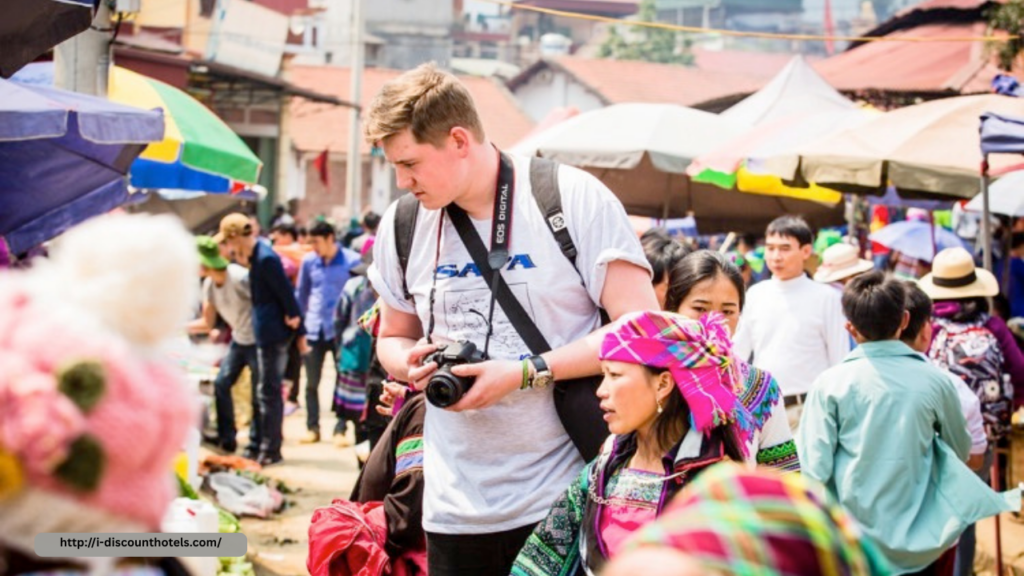
Tourism is often portrayed as a source of cultural exchange, economic growth, and personal rejuvenation. Millions of people travel each year seeking escape, adventure, or luxury. Yet beneath the surface of this thriving global industry lies a troubling and often overlooked crisis—addiction. From vacationing tourists to local residents in popular destinations, substance abuse is becoming an unintended consequence of modern travel.
The Tourist Escape Fantasy
For many travelers, vacations are a break from routine—a chance to indulge, relax, and let go of everyday responsibilities. Unfortunately, this mindset can lead to behaviors that would be considered excessive or risky at home. In tourist hotspots, alcohol and drugs are often readily available, and cultural norms around consumption are more permissive.
All-inclusive resorts, party cruises, nightlife districts, and music festivals cater to a “no-limits” mentality where heavy drinking and drug use are not only common but sometimes encouraged. Tourists may overindulge under the guise of “just having fun,” unaware that these binges can lead to addiction, particularly for those with a predisposition or underlying mental health challenges.
For some, what starts as recreational use during travel spirals into dependency. Once the trip ends, these habits may follow them home, becoming part of their daily coping strategies.
The Impact on Local Communities
The presence of substance-seeking tourists doesn’t just affect the visitors themselves—it reshapes the communities they visit. In many destinations, increased demand for alcohol and illicit drugs leads to a proliferation of bars, clubs, and underground markets. This fuels local drug economies, often tied to organized crime, and contributes to rising addiction rates among local populations.
Young people in tourist-heavy areas are particularly vulnerable. Drawn to the employment opportunities in nightlife or hospitality, many are exposed to substance use at a young age. The constant exposure can normalize excessive drinking or drug use, and in some cases, workers are pressured to partake in order to keep their jobs or earn better tips.
Healthcare systems in these regions are often unequipped to handle the fallout. Local clinics may lack resources to address addiction and mental health, while law enforcement may be overwhelmed by rising crime tied to the drug trade.
A Crisis in Disguise
One of the challenges in addressing this issue is its invisibility. Addiction is rarely associated with tourism in public discourse. Tour operators, destination marketers, and local governments often avoid discussing the darker side of tourism, fearing it might hurt business. But ignoring the problem only allows it to grow.
Efforts must be made to promote responsible tourism—where travelers are encouraged to respect local cultures, prioritize wellness, and understand the impact of their behaviors. Destinations can implement harm reduction strategies, support local addiction services, and create safe environments for both visitors and residents.
Conclusion
Addiction among tourists and locals is a hidden epidemic fueled by a culture of excess and escapism. As global travel continues to expand, so too must awareness of its unintended consequences. Addressing substance abuse in tourism isn’t just about protecting individuals—it’s about safeguarding the health and stability of communities worldwide.